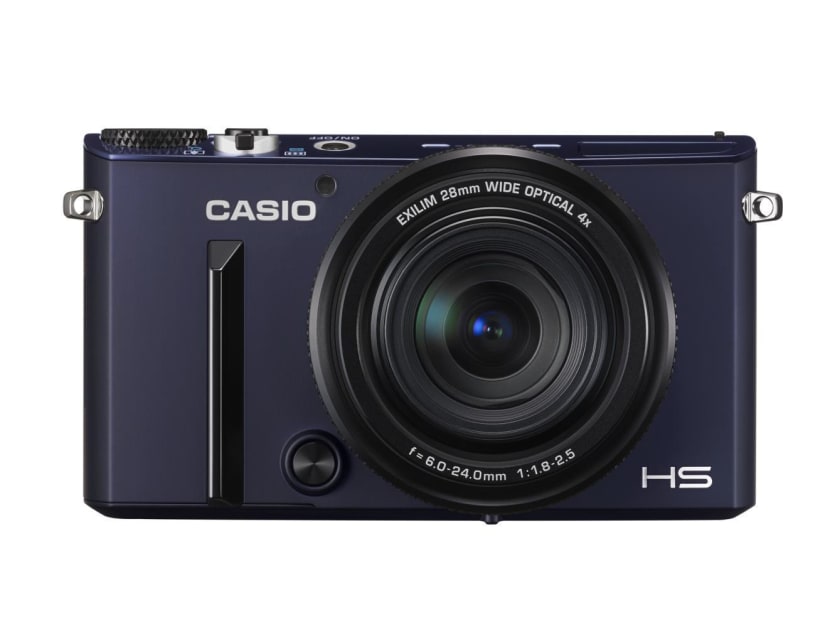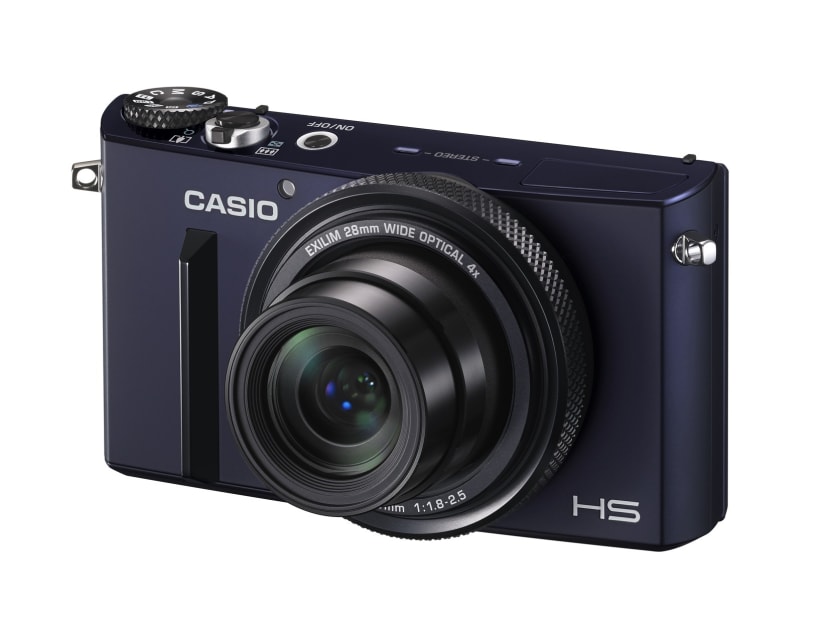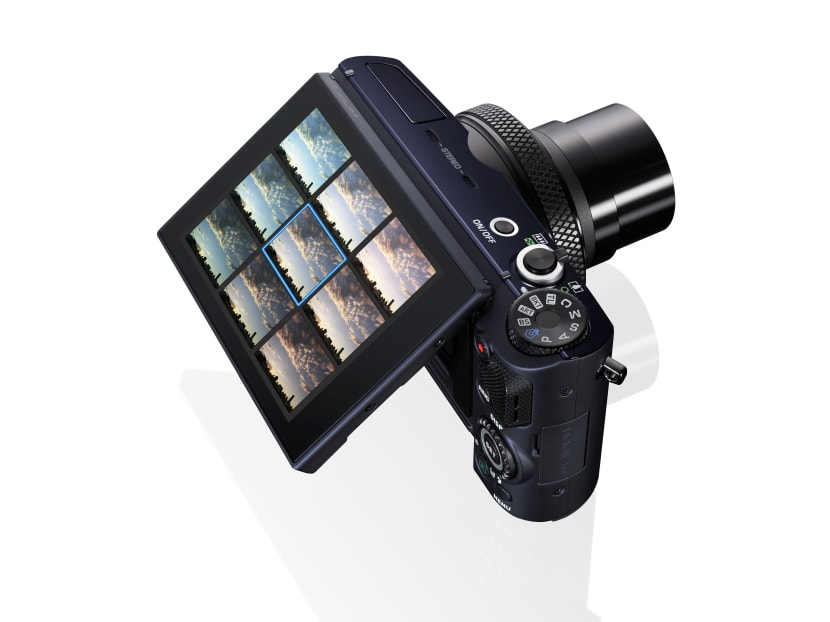The Casio Exilim EX-10: Shoot first, pick later
SINGAPORE — While compact cameras have faded in popularity thanks to the rise of smartphone cameras, a new category has risen to make the compact relevant again: The large sensor compact camera. Casio is taking a shot at this category with the Exilim EX-10, which is what they tout as their premium flagship compact camera.



SINGAPORE — While compact cameras have faded in popularity thanks to the rise of smartphone cameras, a new category has risen to make the compact relevant again: The large sensor compact camera. Casio is taking a shot at this category with the Exilim EX-10, which is what they tout as their premium flagship compact camera.
The Exilim EX-10 is a 12.1MP camera that comes with a 1/1.7-inch CMOS sensor and a 4x optical zoom lens, that is 28mm at its widest, and has a maximum aperture of f1.8. The compact 384g magnesium-alloy body is slim yet still manages to include a rather flexible 3.5” flip-out screen.
But what makes the camera stand out is what Casio touts as a Dual Combination Bracketing Function — simply put, the camera in this mode will take nine shots with each press of the shutter, and each shot will have the settings changed slightly so you can choose the shot that looks best out of the nine. You can choose different pairs of settings to adjust, from focus and aperture, white balance and exposure, or contrast and saturation. This allowed me to spend a little less time figuring out the correct setting for each shot — especially helpful when shooting in rapidly changing light or fast moving action.
However, what made it hard to get into the camera was oddly how simplified it was. For all the power under the hood — especially for a compact camera — it is sometimes difficult to know where the settings are if you want to tweak them, mostly due to the features of each mode being obfuscated by various menus. The function for the ring around the lens in front also changes from mode to mode, sometimes acting as a zoom ring, and at other times adjusting aperture. It can take quite a few button presses to change the settings you want to change, and sometimes the on-screen descriptions are unclear.
For example, the camera’s Best Shot mode has “HS Best Selection” and “Multi SR Zoom” — and it was not clear what each meant until I paused over each option (the latter is “enhanced resolution and expanded zoom range”, former “shoots multiople images and extracts the best faces”).
This is compounded by the lack of a touch screen, which meant buttons were the only way to change functions — and you definitely cannot refocus shots just by tapping on the screen. Still, the large screen is helpful when you’re composing or viewing your shots, and the flip-out mode is good for selfies — there’s even a stand if you need to prop up your camera somewhere for a shot. There’s also an extra shutter button on the front of the camera — also perfect for some selfie situations, or other times where using the usual shutter button is not convenient.
Still, for beginners, the camera does have a Premium auto pro mode that does a pretty good job, together with some other “fun” functions like Make-Up Mode and Art Shots. But more importantly — spend more time with the camera, and you will start to really grasp what it is able to do. Once I started really exploring each menu just to try out each function one by one I started to get the hang of it. The bracketing mode, for example, didn’t seem to give much options at first, but some adjusting allowed me to get a bigger range of shots. You will need to get familiar with the camera before using it, but once you do it’s a solid performer, especially thanks to the larger sensor which gives great low-light performance.
The EX-10 also comes with other features, like high speed video that goes up to 1,000fps. That’s a lot, but it is more like a gimmick as you will need very strong lighting just to have a well lit shot, and the video frame is shrunk to almost a quarter of the full size so you won’t get a high-resolution video. Still, it does full-HD movies without much fuss.
The camera also has Wi-Fi functions that allow you to shoot photos via your smartphone, and there is very little lag between what the camera and your phone sees. The lack of a touch screen means that you are unable to choose where the camera should focus by mere tapping, and this extends to photography on the EX-10 via your smartphone.
In the end, the Casio Exilim EX-10 does take quite a lot of the guesswork out of taking a photo. It definitely is a powerful compact camera that’s sturdy and functional, and comes almost close to what an equivalently-priced DSLR can do for a fraction of the size. However, there is a bit of a learning curve due to the menus, and so an improved user interface will help in not scaring some away. Furthermore, with a S$1,099 price tag, and the fact the new Exilim EX-100 will be coming out in Japan next month, you might want to weight your options before getting the Exilim EX-10.
The Casio Exilim EX-10 is now available for S$1,099.







